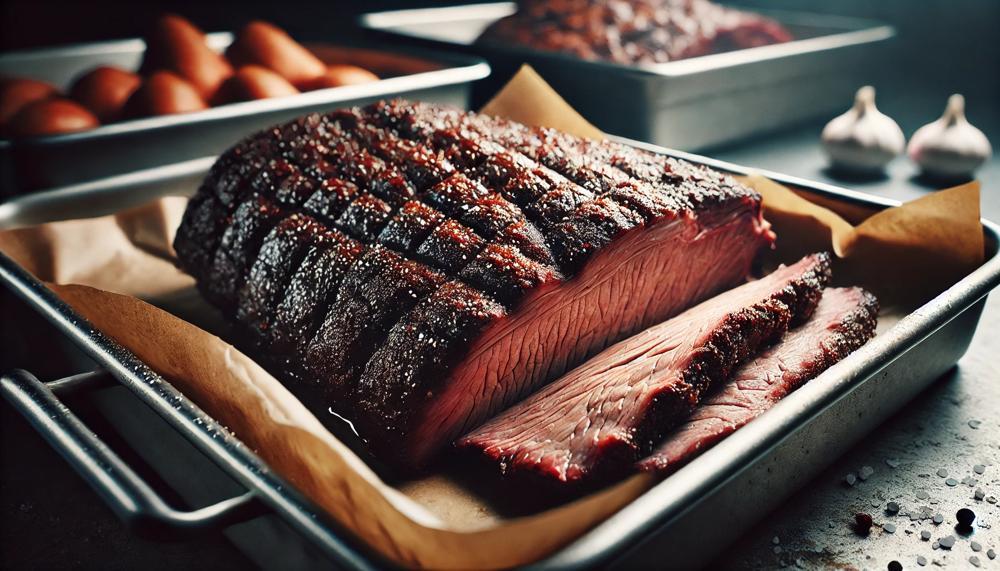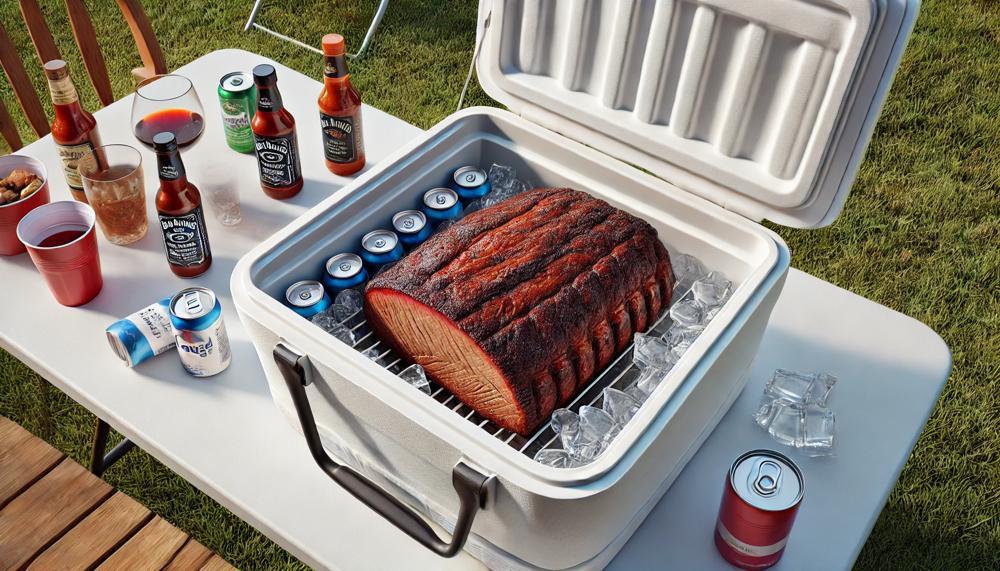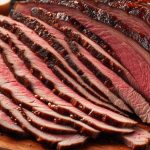When it comes to achieving tender, flavorful brisket, the resting period is crucial. But how long can you safely leave a brisket in a cooler? The answer lies in maintaining optimal temperatures to preserve both taste and safety.
Imagine this: you’ve just finished smoking a mouthwatering brisket. Now, it’s time to let it rest. This resting phase not only allows the flavors to meld but also ensures the meat remains juicy and tender. By placing your brisket in a well-insulated cooler, you can extend this resting period effectively.
Key takeaways include:
- Safety First: Ensure the brisket stays above 140°F (60°C) to prevent bacterial growth.
- Ideal Resting Time: Aim for at least 1 to 2 hours to achieve optimal tenderness.
- Proper Preparation: Use a high-quality cooler, wrap the brisket securely, and monitor its internal temperature.
By mastering the art of brisket resting, you elevate your culinary prowess, delivering a dining experience that’s nothing short of exceptional. Ready to delve deeper into the nuances of brisket preparation? Let’s explore together.
Contents
Why Rest Your Brisket in a Cooler?
| Reason | Insight | Details |
| Carryover Cooking | Ensures Even Cooking | Resting brisket in a cooler allows carryover cooking to continue, ensuring the meat reaches its ideal doneness without overcooking on the smoker. |
| Temperature Management | Maintains Warmth | Keeps the brisket warm for hours, making it ready to serve at the perfect temperature, enhancing its tenderness and juiciness. |
Resting your brisket in a cooler serves two crucial purposes: carryover cooking and temperature management. When you take your brisket off the smoker, its internal temperature continues to rise. Placing it in a cooler allows this carryover cooking to gently finish without overcooking the meat. This method ensures that your brisket reaches the optimal temperature of around 200°F, ideal for tender, juicy slices.
Moreover, using a cooler helps maintain the brisket’s warmth for several hours. This prolonged resting period allows the meat fibers to relax, resulting in a more tender texture. It also slows down the cooling process, keeping the brisket safe and ready to serve at a consistent, enjoyable temperature.
By understanding these benefits and employing proper resting techniques—such as tightly wrapping the brisket, preheating the cooler, and monitoring internal temperatures—you can achieve a perfectly cooked brisket that will impress your guests with its flavour and tenderness.
Ideal Resting Time for Brisket in a Cooler
The ideal resting time for brisket in a cooler to ensure it remains tender and juicy ranges from one to two hours. This period allows the brisket to undergo carryover cooking, where residual heat continues to cook the meat gently. It also helps in temperature management, keeping the brisket warm without overcooking it.
During this resting phase, the brisket fibers relax and reabsorb juices that redistribute throughout the meat. This results in a more tender texture and enhances the overall juiciness when sliced and served. Pitmasters often use this technique to maintain the brisket’s optimal eating temperature while allowing flavours to meld.
Here’s a breakdown of the ideal resting times based on quality cooler and serving schedule considerations:
| Cooler Quality | Ideal Resting Time | Benefits |
| Basic Cooler | 1 hour | Allows for sufficient carryover cooking and temperature stabilization. |
| Premium Cooler | 1.5 hours | Enhances tenderness and juiciness, perfect for maintaining quality over longer periods. |
| Professional Cooler | 2 hours | Optimal for competition-level tenderness and flavour melding. |
Resting brisket in a cooler is a proven method among barbecue enthusiasts and professionals alike, ensuring that your efforts on the grill yield deliciously tender results.
Tips for Resting Brisket in a Cooler
| Tips for Resting Brisket in a Cooler | ||
| Wrap and Insulate | Monitor Temperature | Optimal Resting Time |
| Wrap the brisket in butcher’s paper and towels to retain moisture and heat. | Use a meat probe to ensure the brisket’s internal temperature stays above 140°F. | Aim to rest the brisket for 2-4 hours to allow juices to redistribute. |
| Place the wrapped brisket in a well-insulated cooler to maintain warmth. | Monitor temperature fluctuations to prevent it from dropping too low. | Resting too long can affect texture, so aim for a balance. |
| Preheat the cooler with warm water before placing the brisket inside. | Check the brisket periodically to adjust cooler conditions if needed. | Consider factors like cooler quality and ambient temperature. |
| Keep the cooler closed as much as possible to retain heat and moisture. | Ensure the brisket continues to cook gently through carryover heat. | Finish by serving the brisket when it reaches an ideal temperature. |
| Resting allows the brisket to become more tender and flavourful. | Use a reliable thermometer for accurate temperature monitoring. | Resting in a cooler ensures the brisket stays warm and ready to serve. |

Conclusion
Mastering the art of resting brisket in a cooler can elevate your BBQ game significantly. After smoking your brisket to perfection, allowing it to rest properly is crucial for tenderness and flavor. Using a high-quality cooler, tightly wrapped in butcher paper and towels, you can keep your brisket warm and juicy for hours.
Maintaining the brisket’s internal temperature above 140°F (60°C) is key to preventing bacterial growth. Ideally, aim for a resting period of 1 to 2 hours, which allows the brisket to finish cooking gently through residual heat and ensures the meat fibers reabsorb juices, resulting in a tender, flavorful bite.
The quality of your cooler plays a significant role. Basic coolers can sustain warmth for about an hour, while premium and professional coolers can extend this to 1.5 to 2 hours. Preheating the cooler and monitoring the temperature with a meat probe can further enhance your results.
By carefully managing these aspects, you can serve brisket that’s not only safe but also exceptionally delicious.






